A Recent Discovery of some Unusual Crater in Russia-Yamal Crater
Yamal Crater
The discovery of a couple of tens of meters wide crater in the Yamal Peninsula in Russia aroused attention all over the world. The exact origin of these craters is unknown yet but numerous hypotheses of their origin have been given, including a meteorite impact or migration of deep gas as a result of global warming. The crater was found in the summer of 2014 in the central Yamal Peninsula 30 km southeast of the Bovanenkovo gas field. The crater is expressed as a hole, 20 m in diameter, with vertical walls in the lower half and an opening conical shape in the upper half, encircled with a parapet-like ridge of ejected material. Its depth maximum observed depth of 52 m was measured. The open void quickly filled with water and turned the crater into a lake in the autumn of 2016.
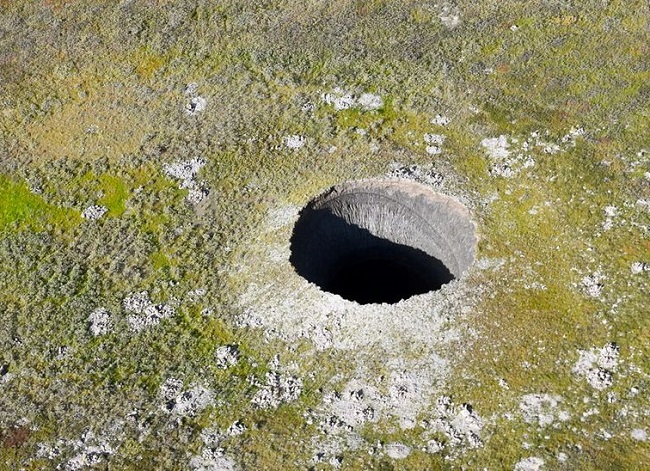
Yamal Crater Location
The Crater is around 20m wide and up to 52m deep, first was discovered by helicopter pilots passing overhead in 2014, around 42km from the Bovanenkovo gas field on the Yamal Peninsula. The scientist who has been studying the permafrost in Siberia for more than 40 years described it as an entirely new feature in permafrost. The latest crater was spotted by a TV crew as they flew past with a team of scientists from the Russian Academy of Sciences during an expedition in Yamal. It brings the total number of confirmed craters to have been discovered on Yamal and the neighbouring Gydan Peninsula to 17.
Hypothesis on the Origin of Crater
Volcanism shaped the surface of some larger rocky bodies in the Solar System, but as the blast occurs, blocks of soil and ice are thrown hundreds of metres from the epicentre, here nothing is found. So, this theory is abolished. Cryovolcanism remains an important form of geological activity on icy planets. Traditionally, most studies of terrestrial permafrost were engineering-oriented, and many related cryogenic phenomena received little attention.
Some scientists have compared the craters to cryovolcanoes-volcanoes that spew ice instead of lava. This thought exists in some of the distant parts of our solar system on Pluto, Saturn’s moon and Titan. But as more Arctic craters have been studied in various stages of their evolution, they have become known as “gas emission craters”.

Satellite imagery shows that a blast makes a giant hole in the place of a pingo, or mound. Pingos are dome-shaped hills that form when a layer of frozen ground is pushed up by water that has managed to flow underneath it and started to freeze. As the water freezes, it expands to create a mound. Also known in Russia by the local Yakut name “Bulgunnyakhs”, they tend to rise and fall with the seasons.
Also Read-The Only Karst cave with a railway line-Postojna Caves
This scientist explained the origin of the Yamal crater in terms of cryospheric processes also. According to this, theory-the Yamal crater appears to result from the collapse of a large pingo, which formed within a thaw lake when it shoaled and dried out allowing a large talik (that is layer or body of unfrozen ground in a permafrost area) below it to freeze back.
Yamal Peninsula Geography
The Yamal Peninsula is located in the Yamalo-Nenets Autonomous Okrug of northwest Siberia, Russia. It extends roughly 700 km and is bordered principally by the Kara Sea and Baydaratskaya Bay on the west, and by the Gulf of Ob on the east. At the northern end of this peninsula lie the Malygina Strait and, beyond it, Bely Island. Across the river lies the Gyda Peninsula. Yamal means “End of the Land”. The Yamal peninsula is inhabited by a multitude of migratory bird species. The well-preserved remains of Lyuba, a 37,000-year-old mammoth. The animal was one month old at the time of death.

The peninsula consists mostly of permafrost ground and there are numerous lakes of thermokarst origin. The biggest of which is Neito and Yambuto in the central part. Many hydrocarbon fields have been discovered on the Yamal Peninsula, including large gas fields. The main hydrocarbon resources are concentrated in the permeable Aptian-Cenomanian complex.
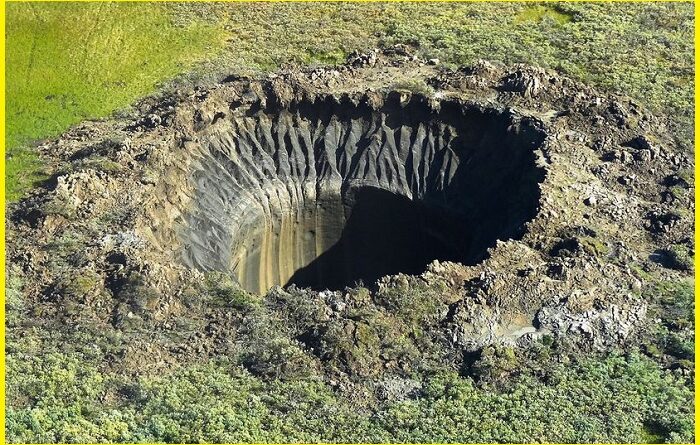
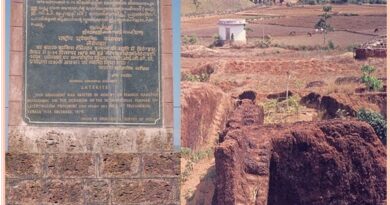
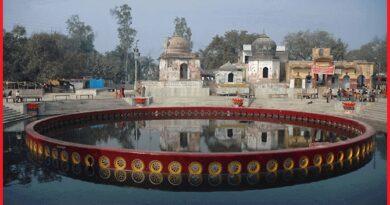
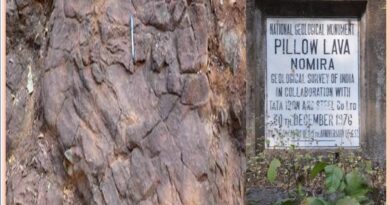
Wow that was strange. I just wrote an very long comment but after I clicked submit my comment didn’t show
up. Grrrr… well I’m not writing all that over again. Anyhow,
just wanted to say excellent blog!
Pingback: The Great Unconformity, USA That missing 2 billion years from the Earth's history - Geotourism